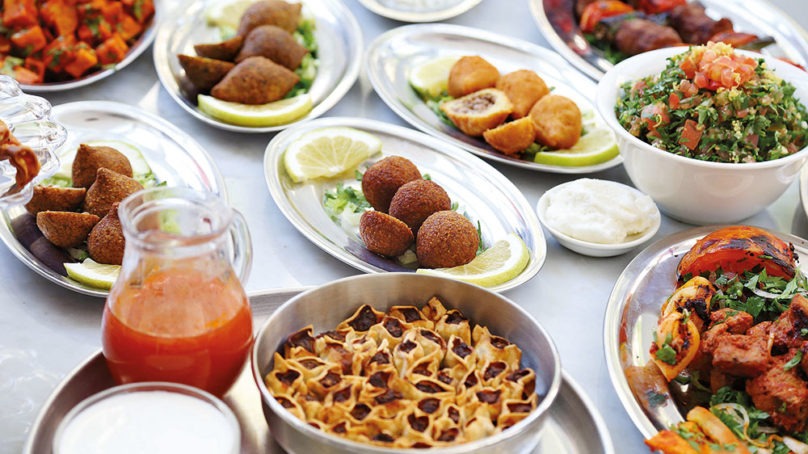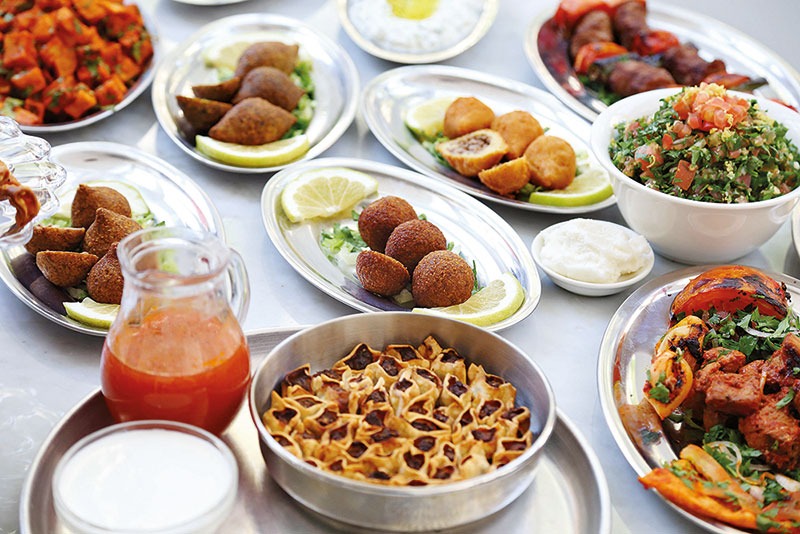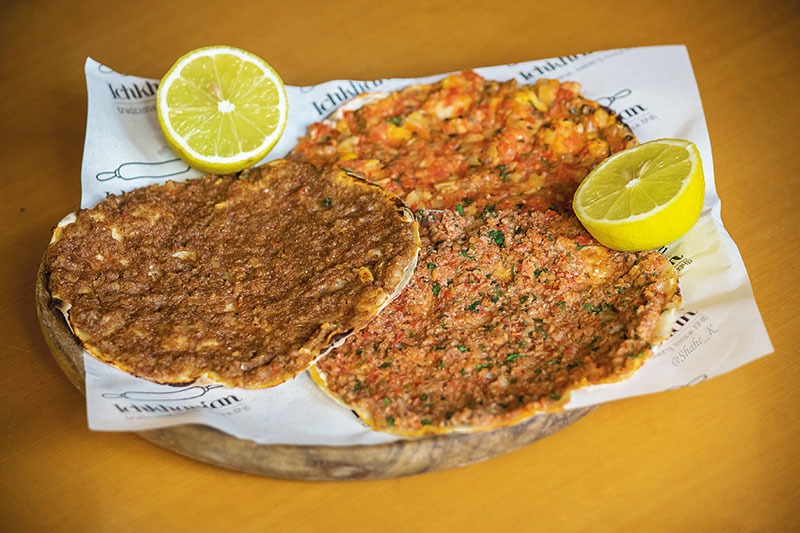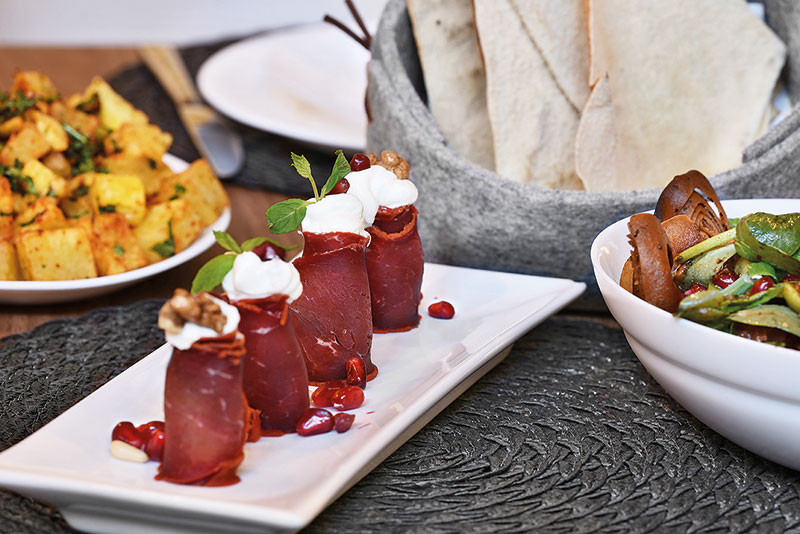From Mayrig to Mamig and from Lusin to Batchig to Nour, a wave of the finest restaurants in the Middle East, serving Armenian delicacies, is taking the region by storm and gathering a cult-like following. Even if the cuisine’s true origins remain a subject of debate, what’s beyond a doubt is that the Middle East is in love with Armenian food and the cuisine isn’t so much the traditional dishes of one country, but rather the cooking techniques of an entire diaspora
MODERNIZE THE LOOK
“Be careful not to confuse Middle Eastern Armenian food with that of the Caucasus,” cautioned culinary expert and cookbook author, Anahid Doniguian. “Armenian winters are harsh, so cooks tend to prepare food during the summer and store it to survive the winter. We mostly use fresh seasonal ingredients in the Levant, so it’s quite different.”
Doniguian is the concept creator of Lusin, the first Armenian restaurant in Saudi Arabia, which has four branches located across the Kingdom. The Saudi owners first decided to bring the cuisine to the country in 2009, when they realized that tourists were frequenting Armenian restaurants in Lebanon.
“Almost the entire menu (95 percent) is Armenian, except for a few dishes which we’ve ‘Armenized’,” she explained.
“The food is the same at all of the restaurants because we’re using identical equipment and recipes, serving dishes that are known and loved by all. Most important is that the presentation should complement the flavors.”
Doniguian’s aim has been to create a link between the modern world and traditional food by updating and refining the look.
“We can cook our basic dishes but make them look more appealing, by adding more ingredients that were not available or accepted before,” she noted. “There are 101 ideas; for instance, vospov keufteh – a vegan appetizer made of red lentils. Instead of using my palms to make the patties, I plate it, using an ice cream scooper and serve with a little bit of parsley and red pepper flakes on top. I don’t want to deviate from the basic recipe, but I want to modernize the look.”






















